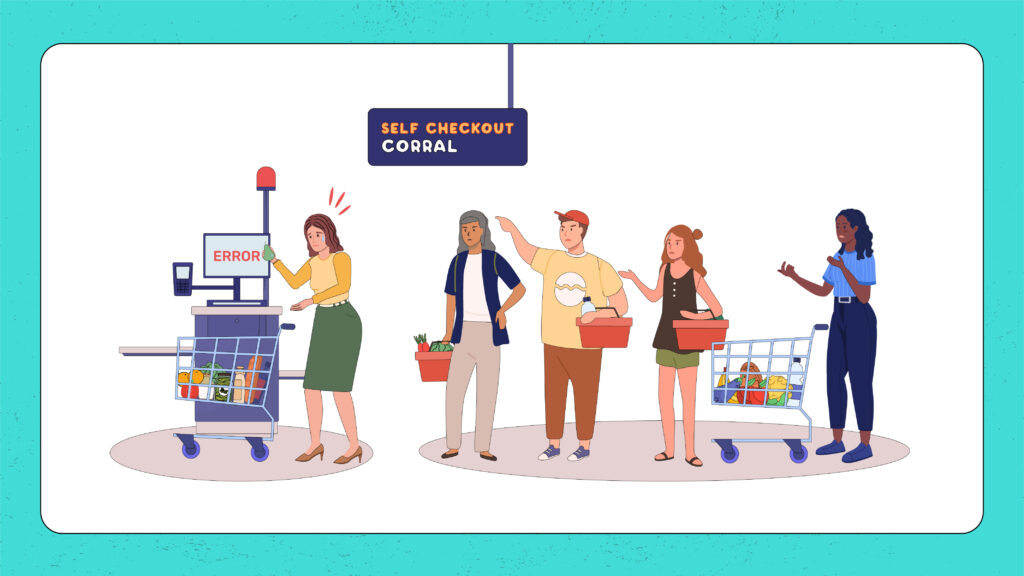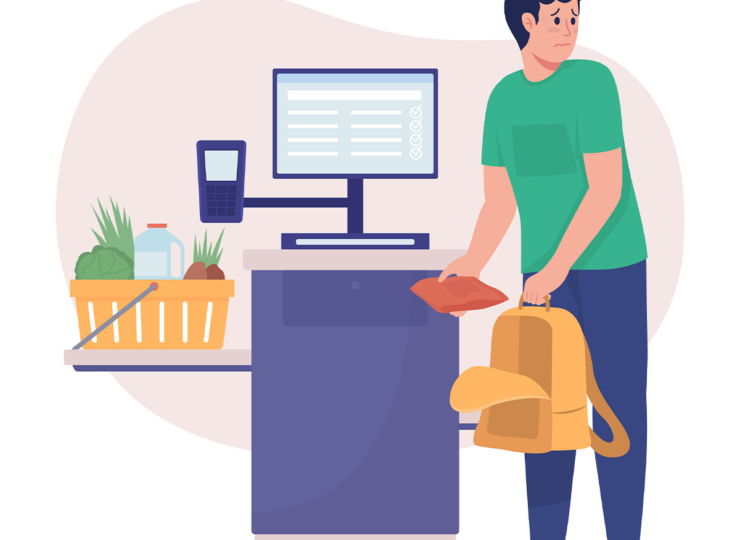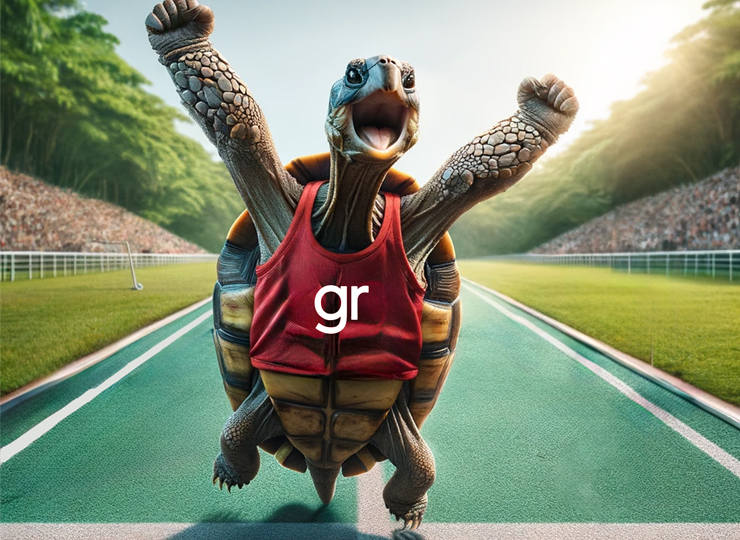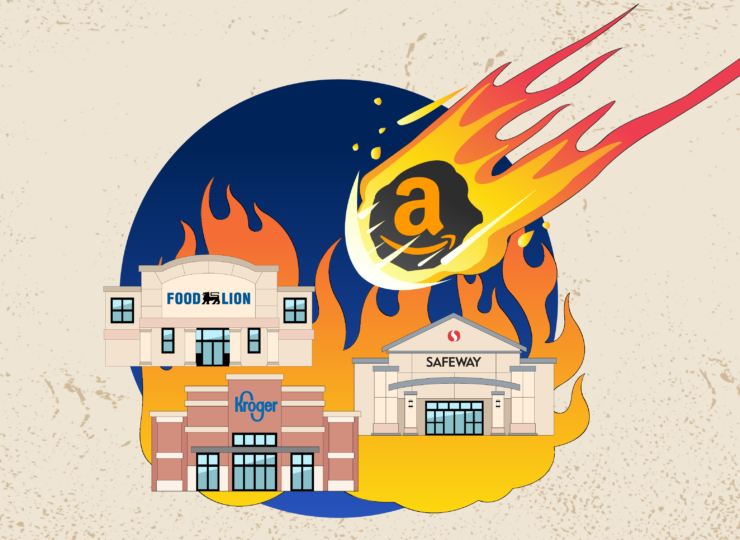The Cure for Self-Checkout
By Andrew Radlow, Chief Revenue Officer

It’s Becoming a Self-Service World
It’s increasingly becoming a self-service world. From banking to healthcare to customer care, the global trend is “DIY.” Grocery shopping is a prime example. According to a recent article by Grocery Dive, 55% of physical grocery store transactions in America took place at a self-checkout machine. It’s the most common checkout method, yet shoppers are howling about how painful the experience is. If that weren’t bad enough, retailers are battling ever increasing theft. It can be said that technology (misapplied) got us into this mess… but fortunately AI technology is going to get us out of it. It’s called Checkout-Free.
Self-Checkout Paradox
The promise of self-checkout was it would reduce cashier lines and at the same time, reduce the cost of store labor. Bonus – the trickle-down effect would result in lower grocery bills! Turns out, trained cashiers scan food items faster than the average shopper, which is where things begin to break down. The New York Times reported in 2002, “Self-checkout has a psychological effect: as long as the shopper is taking an active part, it seems to go faster…” But the reality is, it doesn’t.
Enter the “self-checkout paradox,” the idea that this new technology would save time, when in fact it demands more. Shifting the checkout labor from professional cashiers to novice shoppers has simply relocated and extended the lines at the self-checkout corral. Add in a little more friction for variable weight fresh produce, age restricted items like alcoholic beverages, and difficult to scan products from the freezer, and it’s no wonder there are elevated scanning errors or outright revenge theft.
Houston, We’ve Reached Peak Self-Checkout
The first self-checkout machine was deployed at a Kroger supermarket in 1986 and it’s taken over 30 years to get where we are today. For the first time, retailers are reducing the number of locations that have self-checkout and/or implementing policies limiting access to the technology (see table below). Meanwhile, shoppers are cranking up their objections to self-checkout while retailers are piling on countermeasures to ever increasing levels of theft (for example, our research uncovered that self-checkout systems had 16 times more theft than cashier lanes). In the end, retailers are finding themselves upside down on self-checkout as shopper scanning errors and theft are overwhelming the labor savings. America has reached “peak self-checkout.”
Fulfilling the Promise
Grocery retail engaged in a “devil’s bargain,” shifting cashier labor to the shopper, saving cost, and promising to do it in a way that saved shoppers’ time. That hasn’t been easy to do and there have been unintended consequences. Real improvement to the checkout process is a prerequisite for a “positive sum solution,” one in which both parties benefit. That improvement is only now possible with new breakthroughs in computer vision AI. Remarkably, this new technology eliminates the need to scan grocery products all together. The new process is self-checkout without scanning!
Checkout-free is designed to mimic the routine shoppers have been familiar with their entire lives. Enter the store as they normally do, shop as they always have, and get in line for a cashier or go checkout-free. By choosing checkout-free, shoppers really do save time, lots of it (see table below).
A True Win, Win
Checkout-free’s breakthrough and ultimate net benefit to shoppers and retailers results from the elimination of barcode scanning. Checking out a large shopping cart of groceries in under 15 seconds does a lot towards abolishing lines and the frustration of scanning every item in the cart, just to add them to a receipt.
Checkout-free systems precisely know which items are in the cart and eliminates 99.7% of shopper errors and theft. That high accuracy translates to adding back an estimated 3.5% (average grocery shrink at self-checkout) of store revenue for 55% of US grocery transactions processed through self-checkout which comes to a 1.9% increase in store revenue. Globally, checkout-free could generate $100 billion or more in incremental grocery industry revenue by reducing theft and human error.
A popular research scientist named Roy Amara once said, “We tend to overestimate the effect of a technology in the short run and underestimate the effect in the long run.” Checkout-free was first introduced in early 2018 and we are now entering the long-run level of impact Roy was talking about. Recently, Grabango launched checkout-free shopping with ALDI US in Chicago, Illinois. This system fulfills the original promise of unparalleled convenience for shoppers and at the same time, cost reduction for retailers. Checkout-free forever eliminates the need for barcode scanning in grocery stores and therefore is The Cure for Self-Checkout.


